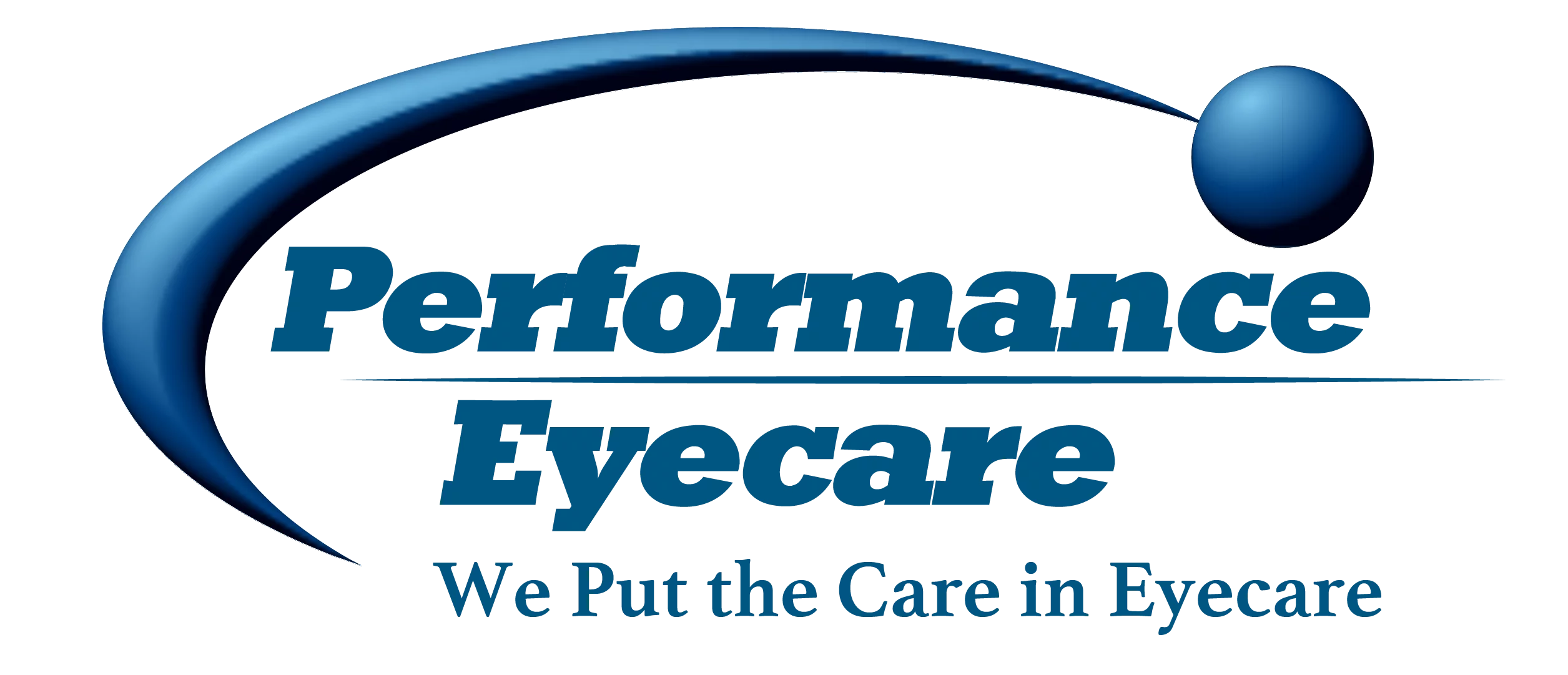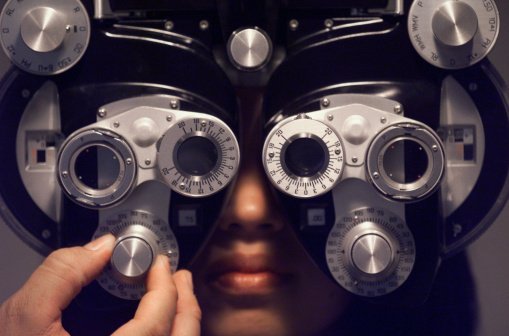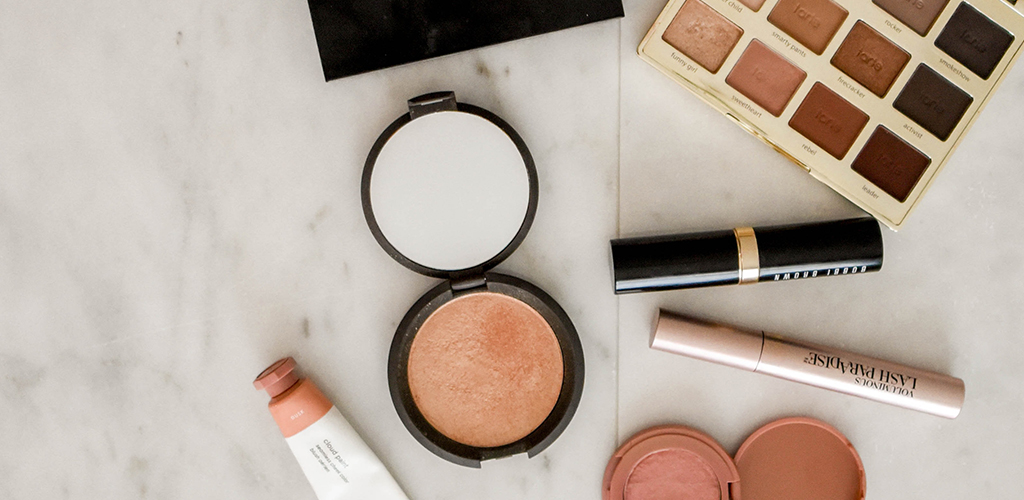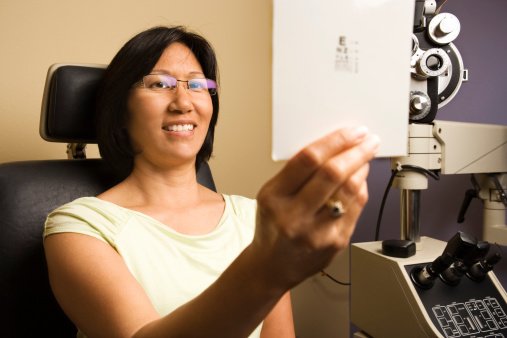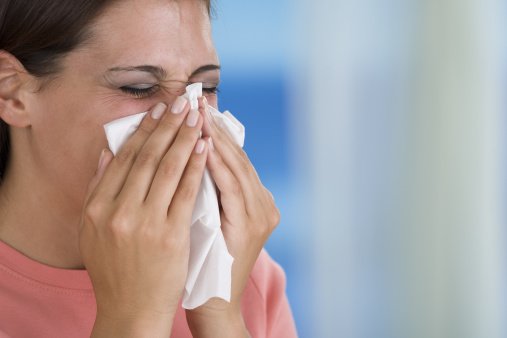
Treat Fall allergies
Fall allergy triggers are different from the spring and summer ones but can cause just as many symptoms. Here are some ways to keep your eyes healthy during the fall! Ragweed is the king of fall allergy season. It usually begins releasing pollen in August, but it can last through September and into October. Seventy-five … Read more
